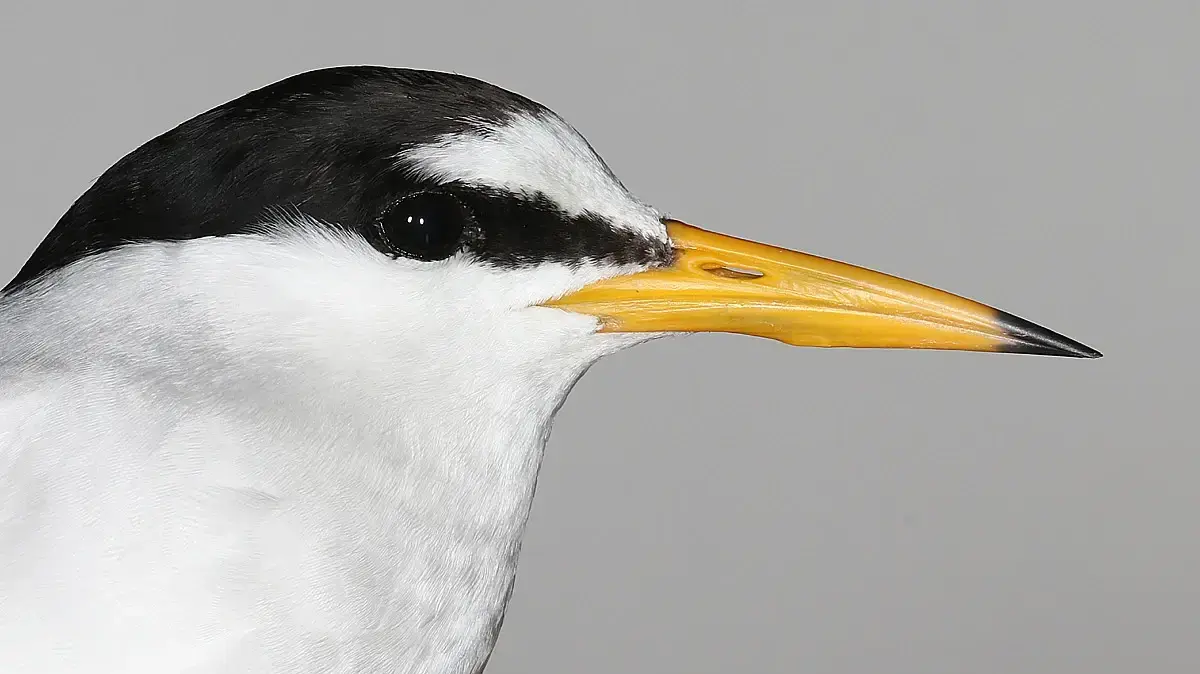Wanting to ensure biodiversity - not only on this field of wild herbs near Andechs (from left): Petra Gansneder (Lower Nature Conservation Authority), Helene Falk (Managing Director of the Bund Naturschutz district group), Dr. Stefan Meyer (scientist and field herb specialist), Christopher Meyer (Coordinator for Biodiversity Consulting/Government of Upper Bavaria) and Maximilian Reisinger (farmer). © Dagmar Rutt
Mapping and promoting wild herbs: This is the goal pursued by the Bund Naturschutz with a project - also to turn agricultural land into habitats.
Andechs – field buttercup, real woman's mirror, wild pansy: many a country dweller will know these names from childhood. In nature, these plants are extremely rare to find. They are on the Red List of Threatened Species and are endangered to severely endangered in Bavaria. The Starnberg district group in the Bund Naturschutz (BN) has started a two-year project to map wild herbs throughout the district and to secure and promote their population. "The aim is to strengthen biodiversity in our landscape," said Dr. Helene Falk, Managing Director of the BN district group, at a press conference in Andechs.
The BN has been offering guided tours of the fields in and around Andechs for several years. The monastery community is a special area for the topic of arable flora. There are many flower-rich fields. "The cultivated fields, in addition to their role as food producers, can also be an ecosystem if they have companion plants," Falk said. The creation of flower strips along the edges of fields, which has become fashionable since the successful referendum "Save the bees" at the latest, is to be welcomed. It is better to offer the herbs space to develop in the middle of the arable land. They shoot out of the ground on their own if the fields are not too densely sown with crops and are only fertilized extensively. "It's about species conservation," Falk explained, and not only in the area of wild herbs.
Their importance for endangered farmland bird species was made clear by Constanze Gentz from the BN: "They are an important food source for numerous insects, which in turn are the food source for bird species." In Andechs, skylarks and quails can be heard and seen more and more again.
Mayor Georg Scheitz has been an organic farmer since 1986. "Wild herbs are not exactly welcome in arable farming," he admitted, "but they are an important building block for biodiversity." A number of conventional farmers have also recognised this. "It's nice when the benefits and benefits are implemented so well by the local farmers," Scheitz summed up, not hiding the fact that the blooming fields in Andechs also attract tourists.
Government of Upper Bavaria wants to find and advise fields
Christopher Meyer, coordinator for biodiversity consulting at the government of Upper Bavaria, believes that the government's decision to support the district in its project is the right one: "We don't just want to find more fields that provide habitat for wild herbs. We will also advise interested farmers on support programmes for extensive agriculture." For the mapping of the arable flora, the BN has recruited Dr. Stefan Meyer. The scientist at the University of Göttingen has been working on the topic for 40 years. He wrote his diploma thesis as a biologist on wild herbs. One third of the German landscape is arable land. More than half a century ago, 23 species of wild herbs were counted on 100 square meters of these areas. "In the meantime, many species have literally left the field," said the biologist. Currently, he counts only seven. "We need more flowers," Meyer said, appealing to politicians. Unlike forests and meadows, arable land is excluded from the Nature Conservation Act. In the district of Starnberg, he soon completed the first part of his mapping. When assessing the fields, he usually inspects them from the edge of the field: "We are not allowed to enter the arable land without the farmer's permission."
It was different with Maximilian Reisinger. The part-time farmer has released his three fields for Meyer. Also the demonstration area at the press event: a field of almost 0.6 hectares at the crossroads between Andechs Monastery and the Chapel of Peace. On the field covered with winter barley, Meyer has mapped 40 wild herbs, including numerous endangered species. The biologist is particularly pleased with two discoveries that are unique in the district. At Gut Delling, he has mapped a field toothwort. And at the Wörthsee he came across a swamp quendel.
Petra Gansneder from the Lower Nature Conservation Authority thanked the BN for its commitment. "As a chronically understaffed authority, we couldn't do that," she said, hoping that the project would lead to further activities to increase biodiversity. The inventory of wild herbs will be continued next year from May to July.










/cloudfront-eu-central-1.images.arcpublishing.com/prisa/2C5HI6YHNFHDLJSBNWHOIAS2AE.jpeg)



